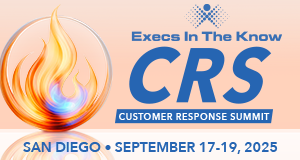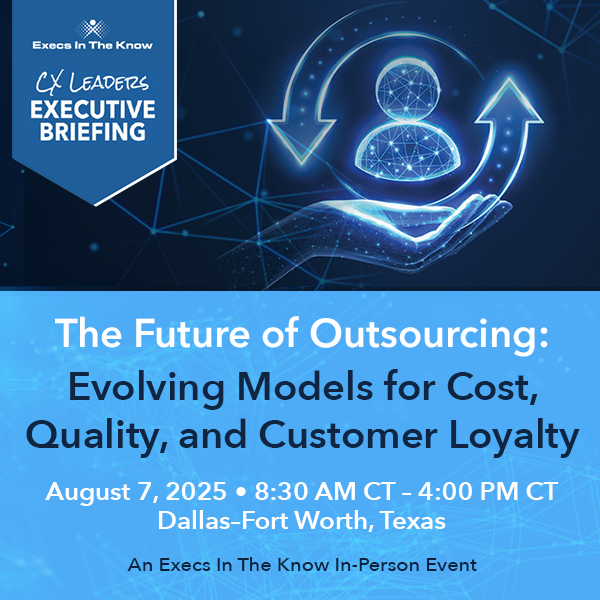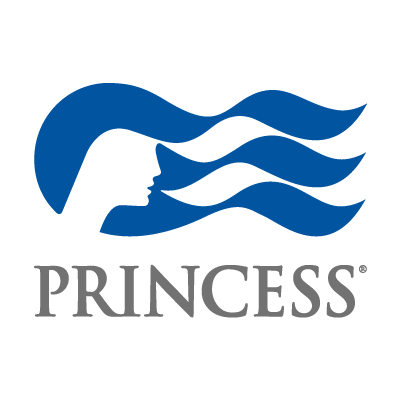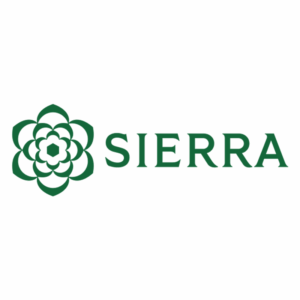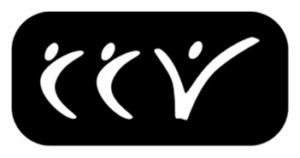The onset of coronavirus required us all to become crisis management experts overnight. Now, after more than a year of upheaval and change, the world is opening back up – giving us a unique opportunity to capitalize on what we learned to ease the journey into our “new normal.”
The pandemic crisis forever changed the way we live and work. Our own personal and professional experiences leave no doubt that the societal impact of Covid-19 heightened anxieties. Our early research showed consumer concerns more than doubled within weeks, from 16% feeling highly anxious at the onset, to 39% just a month later.
Companies who provided customers with peace of mind alongside their products and services are now emerging well-positioned to retain and grow their customer bases. There is a clear relationship between compassion and customer experience: companies who were bold in their strategies to help customers saw a 4- to 6-point lift in Net Promoter® scores.
Adjusting to Our New Reality
Now, on the cusp of our new reality, we are faced with another set of unique challenges. How can companies appeal to customers’ altered attitudes, behaviors, and expectations as they enter the next phase of change while simultaneously helping employees re-enter their work environment differently? Employees are key to delivering compassion in customer experiences. How can we support employees who are also trying to adapt to post-pandemic life?
Accomplishing this demands fresh ideas, new support models, and different ways to embody empathy. The key to successfully emerging from this pandemic lies in the hands of employees, so turning inward and focusing on them will result in better customer experiences in the long run. With the world slowly opening back up, employees and their children are going back to offices and schools (or adapting to working and learning remotely for the long term). People will begin gathering in groups and traveling again. What new challenges will your employees face as a result? Where are their attitudes, behaviors and expectations continuing to evolve? How can we acknowledge employees’ work and personal challenges, and create an environment where they can feel and perform their best?
Employee Response to Change
The Kϋbler-Ross Change Curve is a model that illustrates how employees typically process big changes in their work environment. In the first half of the curve, employees are struggling to understand and come to terms with these changes – represented by the Kubler-Ross stage of Depression.
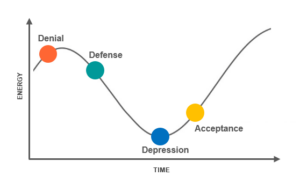
Right now, most employees are likely between Depression and Acceptance. They move into the Acceptance phase when they start learning to adapt to those challenges, finding ways to work within their “new normal.” Over the past year, employees adjusted to challenges like quarantine, illness, lack of interpersonal interaction, changes in family finances and so on. Acceptance is a pivotal milestone for employees, their experience at work, and their ability to help you innovate.
Work environments continue to evolve, bringing new challenges to which employees must adapt. While some people are looking forward to going back to the office, others might be afraid to return to a workplace where people are physically closer together. Those who were isolated may crave in-person interaction. Parents will need to support children returning to school or childcare. It might be difficult for some employees to get back to a set routine and the structure of office work. Alternatively, some who are eager to work in an office again might find they’ll be working from home permanently. All these concerns provide executives with opportunities for innovation.
How do you tap into this opportunity? Try this short and achievable four-point plan.
- Understand employee emotions.
Understanding and looking after your employees’ needs and concerns will ultimately lead to better customer experiences. Employee research, such as the Discrete Emotions Questionnaire (DEQ), quantifies your teams’ emotions and challenges, and will help you determine when the time is right to leverage your employees for CX innovation. The DEQ emotions can be aligned to the Kϋbler-Ross Change Curve, giving leadership insight into how employees are moving through the stages of change and when they are on the verge of Acceptance—the optimal stage for sourcing ideas.
- Remove barriers to basic tasks.
Beyond quantifying emotions, research will help you uncover the challenges they are facing when doing their work. Asking employees to support both your customers and contribute to CX innovation before you’ve cared for their basic work challenges will result in increased frustration and a longer period of time until the Acceptance stage is reached.
Research estimates that 50% of the workforce will be remote by 2024, and that 74% of CFOs plan to shift at least 5% of their on-site employees to working from home permanently. Having the proper technology is especially important for employees who are returning to the workforce, but not to the office. For example, VPN connectivity, communication channels, and changes to physical workspaces are the most common roadblocks to effective remote work.
These roadblocks vary dramatically from one company to the next, based on industry and infrastructure. Identifying the immediate barriers, then removing them, is an important step towards better serving your employees and preparing them to support CX innovation. Once these hurdles are eliminated, teammates are well-equipped to contribute to the CX improvement mission.
- Give employees a new sense of purpose.
Movement along the Kϋbler-Ross Change Curve is impossible without energy. To accelerate the shift through the emotions towards Acceptance, employees must be motivated. But motivation in constantly changing times can be easy to lose—especially as it pertains to work. During the past year, as employees managed work and home tasks simultaneously, their priorities may have shifted.
How do you keep motivation high? As the pandemic crisis heightened, we talked to team members who found it easy to stay motivated, and learned their biggest motivator was having a renewed sense of purpose and understanding the critical impact of their work. They’ve witnessed successes amidst the trials and found them to be inspiring. When leaders share the highlights and wins, it strengthens motivation among all employees. Rekindling fires in the hearts of a team drives engagement in return.
- Embrace ideas and creativity systematically.
Once your employees’ emotions are aligned to the Acceptance phase, you’ve removed roadblocks they commonly encounter, and communicated a new sense of purpose throughout the team, it’s time to harness all of the newfound energy to fuel positive change and innovation. Interacting with customers – who are also adjusting to their own “new reality” – should lead to learnings and lessons. Thoughts on how to improve their situations will surface. Employees, with their refreshed outlook, will feel inspired to share ideas.
It’s important, though, to capture these creative suggestions in a systematic way for swift action to be taken. Without some parameters in place, leadership will end up spending more time sorting through and making sense of ideas instead of enabling process improvements.
In addition to employee surveys, companies should establish an employee elevations program. This allows employees to submit innovative ideas on an ongoing basis, whenever they come to mind. An elevations case management system will bring concepts to fruition, and further motivate teammates to contribute ideas.
Albert Einstein famously said, “In the midst of every great crisis lies great opportunity.” We’ve taken this opportunity to learn a great deal about understanding and meeting employee needs. We’ve tested and proven the best ways to ensure they deliver great customer experiences, even under extraordinary circumstances.
Although the pandemic crisis is, we hope, nearing its long-awaited end, new challenges lie ahead and the time for innovation continues. Remember that your employees hold the keys to a successful transition – and you can count on them to help.
Guest post, written by: Ellie Dubbs, Product Strategist VOC Solutions, Concentrix VOC
To learn more about ways to build a high-performing customer-centric culture, register for Execs In The Know’s Customer Response Summit, and watch the Concentrix-led executive panel session, Customer Feedback: 4 Fresh Practices for Unlocking Employee Potential, on Tuesday, April 27 at 9:15-AM – 10:00 AM PDT or 12:15 PM – 1:00 PM EDT. To attend live or watch on-demand, please register.
Concentrix VOC is an industry-leading provider of customer and employee feedback software and solutions. Contact us at: [email protected] | 1-800-747-0583


